In most online marketplaces, products have fixed prices. Buyers see the price, add items to the cart, and check out. This is called standard product pricing.
But not all products work this way. Some items need custom pricing based on quantity, design, or special requirements. In this case, buyers send a Request for Quote (RFQ) to the seller. The seller then shares a custom price.
The RFQ option is growing in demand.
According to a latest data shared by Statista, over 40% of B2B buyers prefer to request quotes online before making a purchase.
Most users are confused about when to use the RFQ pricing model in their marketplace. We are going to address that today.
In this blog, we will explain:
Let’s get started!
What is Standard Product Pricing?
Standard product pricing is when the price of a product is fixed. Buyers can see the price on the product page and purchase it without negotiation. This system is common in most online stores. It is simple, fast, and easy to manage.
The benefit of standard pricing is that buyers know the cost right away. There is no waiting time. They can compare prices and make a decision quickly. This works well for everyday products like clothes, books, or electronics.
But standard pricing also has limits. It does not give room for custom requests. Bulk buyers cannot ask for discounts directly. If the product needs changes or personalization, the fixed price may not be suitable.
What is RFQ (Request for Quote)?
RFQ, or Request for Quote, is a process where the buyer asks the seller for a custom price. Instead of paying the fixed price, the buyer shares their needs. The seller then reviews the request and replies with a quote.
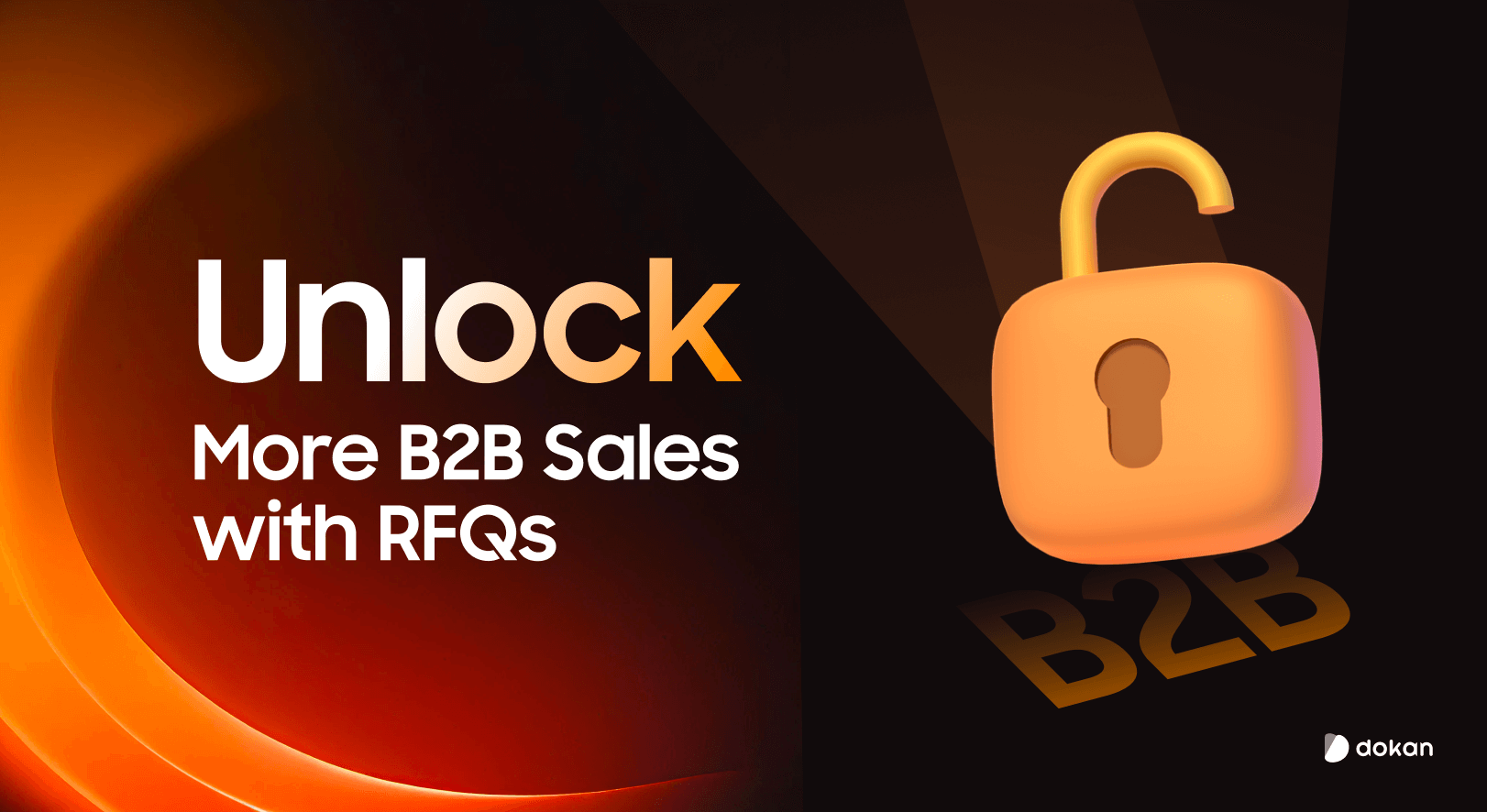
This system is common in B2B marketplaces. A buyer may need a large quantity, custom design, or special features. In such cases, one fixed price does not work. RFQ allows both sides to discuss and agree on a fair price.
The benefit of RFQ is flexibility. Buyers can get better deals for bulk or custom orders. Sellers also have the chance to offer tailored solutions. But RFQ takes more time compared to standard pricing. It requires communication and negotiation before purchase.
RFQ vs. Standard Product Pricing – Key Differences
Standard pricing and RFQ both help sellers and buyers, but they work in very different ways. Standard pricing is simple. The price is fixed, and the buyer can purchase right away. It saves time and works best for ready-made products.
RFQ, on the other hand, is more flexible. The price depends on the buyer’s needs. The buyer asks for a quote, and the seller shares a custom price. This method is slower but gives more control to both sides.
In short, standard pricing works best when products are the same for every buyer. RFQ works best when products or orders need to change based on the buyer’s request.
Here is a quick comparison:
| Feature | Standard Pricing | RFQ (Request for Quote) |
|---|---|---|
| Price type | Fixed price | Custom price |
| Buying process | Instant checkout | Quote request + negotiation |
| Best for | Ready-made, common products | Bulk, custom, or special orders |
| Speed | Fast and simple | Slower, needs communication |
| Buyer flexibility | Low | High |
When to Use Standard Pricing in Your Marketplace
Standard pricing is best when products are simple and do not change from one buyer to another. A fixed price gives buyers a clear idea of what they need to pay. It also makes the buying process faster because there is no waiting for a response from the seller.
This model is common in B2C marketplaces. Buyers are often looking for ready-made items that they can add to the cart and purchase right away. Standard pricing also makes it easier to manage inventory and sales because prices are consistent.
You should use standard pricing in your marketplace when:
- Products are ready-made and do not need customization
- Items are mass-produced with the same quality and features
- Buyers expect a quick and simple purchase process
- The main goal is to reduce delays and speed up checkout
- The marketplace focuses on high-volume, everyday items
Examples include clothes, electronics, home goods, books, and beauty products. These are products people buy often and do not usually need special pricing.
When to Use the RFQ Feature in Your Marketplace
The RFQ feature is useful when products or services cannot have one fixed price. Buyers may want bulk orders, custom designs, or special features. In such cases, they send a request to the seller. The seller reviews the request and replies with a custom price.
RFQ is common in B2B marketplaces. Businesses often buy in large quantities or ask for products that need special adjustments. A fixed price does not fit these situations. Instead, both buyer and seller agree on a price through discussion.
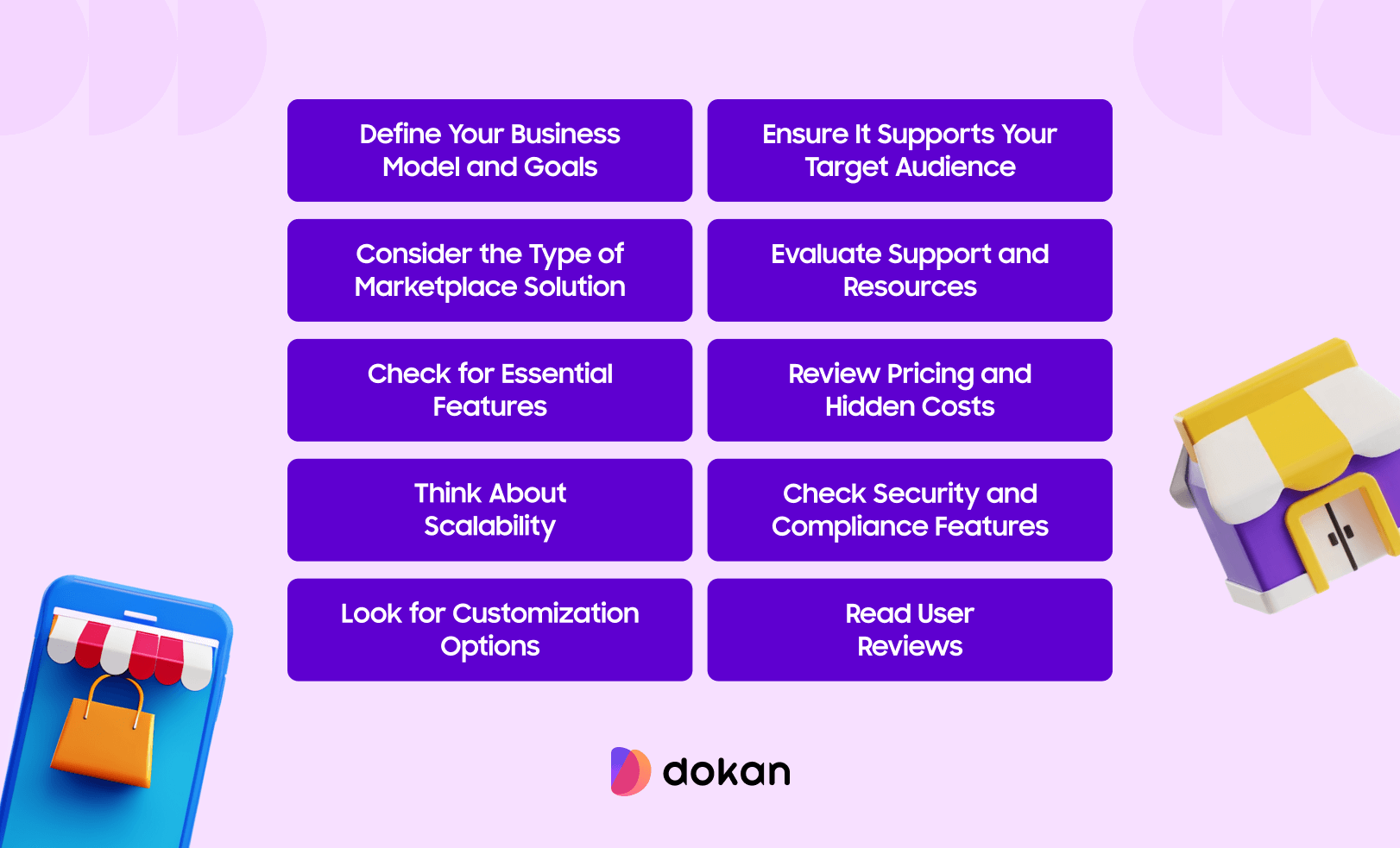
You should use the RFQ feature in your marketplace when:
- Products are complex and need customization
- Buyers want to purchase in bulk and expect discounts
- Items require negotiation before finalizing the deal
- Each order may have different requirements
- Sellers want flexibility in pricing to meet buyer demands
Examples include industrial tools, furniture with custom designs, jewelry, or printing services. In all these cases, the RFQ feature gives both sides the freedom to agree on terms that work best.
How RFQ Improves Buyer and Seller Experience
RFQ makes the marketplace more flexible for both buyers and sellers. Buyers get the chance to explain what they need. Sellers get the chance to adjust their prices and services to meet that demand. This creates a win-win situation.
For buyers, the RFQ feature removes the limits of fixed pricing. They can ask for special features, larger quantities, or better deals. This makes the buying process more personal and suitable for their needs.
For sellers, RFQ opens the door to more opportunities. Instead of losing a buyer because of fixed pricing, they can negotiate and close the deal. It also helps sellers build stronger relationships with buyers.
Benefits for buyers:
- Flexibility to request bulk discounts
- Option to ask for customization
- Better chance to get a fair price
- More control over the purchase process
Benefits for sellers:
- Ability to offer tailored solutions
- More chances to convert buyers into customers
- Build long-term trust with buyers
- Stay competitive in a marketplace with varying needs
Balancing Both: Hybrid Approach
Many marketplaces find success by using both standard pricing and RFQ together. Not every product or buyer behaves the same way. Some buyers want to make a quick purchase with a fixed price. Others may need custom orders, bulk discounts, or special modifications. A hybrid approach allows a marketplace to serve both types of buyers effectively.
With this method, sellers can list standard products with a fixed price. At the same time, they can enable RFQ for items that require negotiation. This ensures that no sale opportunity is lost. Buyers who want speed and simplicity can use standard pricing. Buyers who need personalization or large quantities can use RFQ.
How to implement a hybrid approach effectively:
- Segment products clearly: Show which items have fixed prices and which accept RFQ.
- Train vendors: Make sure sellers understand how to respond to RFQ requests quickly.
- Set expectations: Communicate estimated response times for RFQ to buyers.
- Track performance: Monitor which pricing method generates more sales and satisfaction.
- Offer guidance: Provide tips or templates for buyers using RFQ to make the process smoother.
Dokan mulitvendor marketplace plugin has Request for Quotation module that helps users apply both standard pricing and RFQ pricing in their marketplace.
A hybrid approach increases customer satisfaction. Buyers feel they have control over their orders. Sellers get flexibility to negotiate and maximize revenue. This strategy also makes the marketplace more competitive, as it caters to both standard and complex purchasing needs.
Choose the Best Possible Pricing for Your Marketplace
Choosing between standard pricing and RFQ depends on the products and buyers in your marketplace. Standard pricing works best for ready-made, common products where buyers want speed and simplicity. RFQ is ideal for custom, bulk, or complex orders that need negotiation and flexibility.
Using a hybrid approach can give your marketplace the best of both worlds. Buyers can quickly purchase fixed-price items or request quotes for custom orders. Sellers can sell standard products efficiently while also handling special requests to meet different buyer needs.
The key is to match the pricing method to the product type. Clear communication, proper training for vendors, and fast responses to RFQ requests can improve the experience for both buyers and sellers.
By understanding when to use standard pricing, when to use RFQ, and how to balance both, marketplace owners can increase sales, improve customer satisfaction, and make their platform more competitive.
Subscribe to
Dokan blog
We send weekly newsletters, no spam for sure!

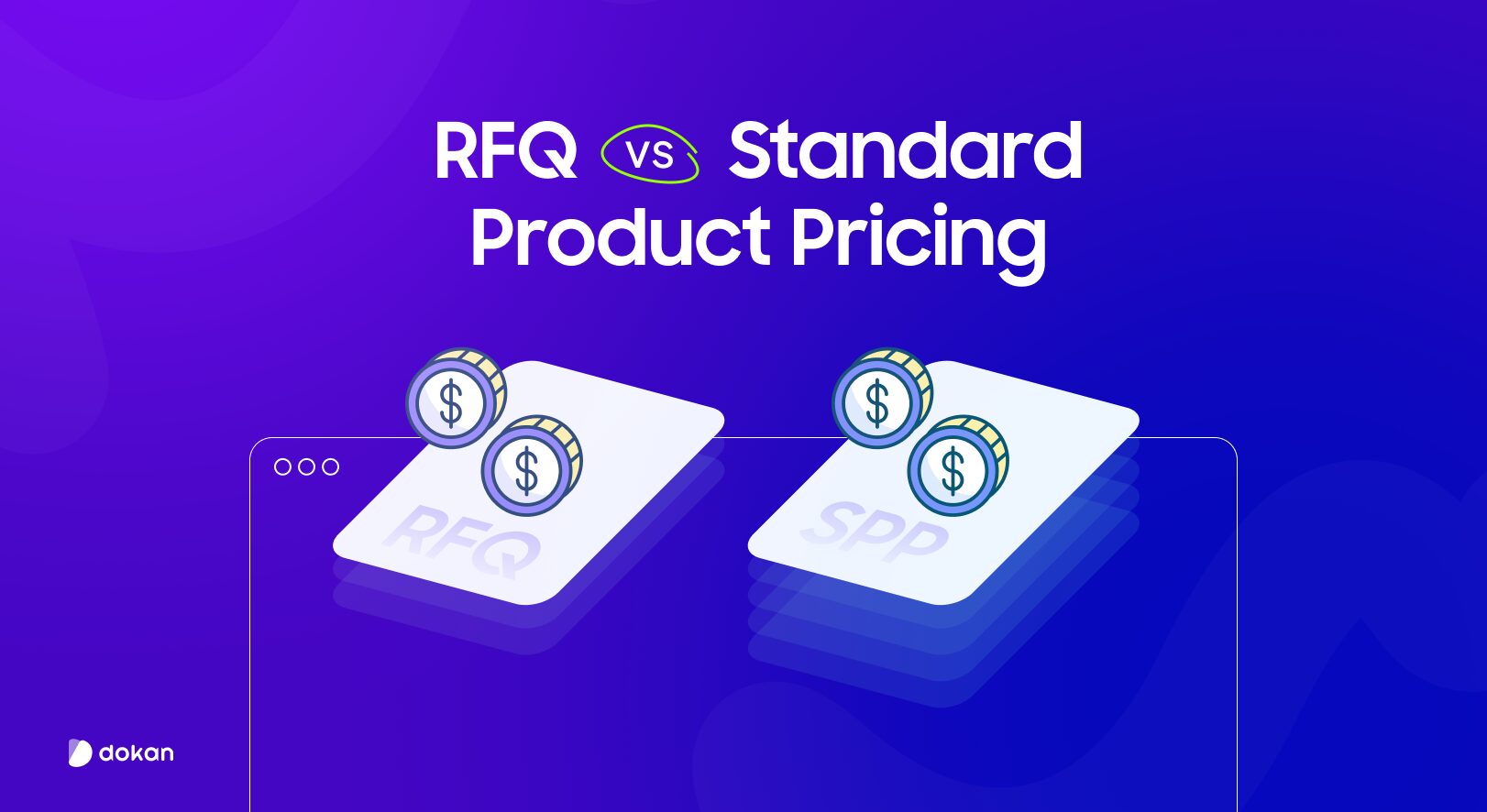

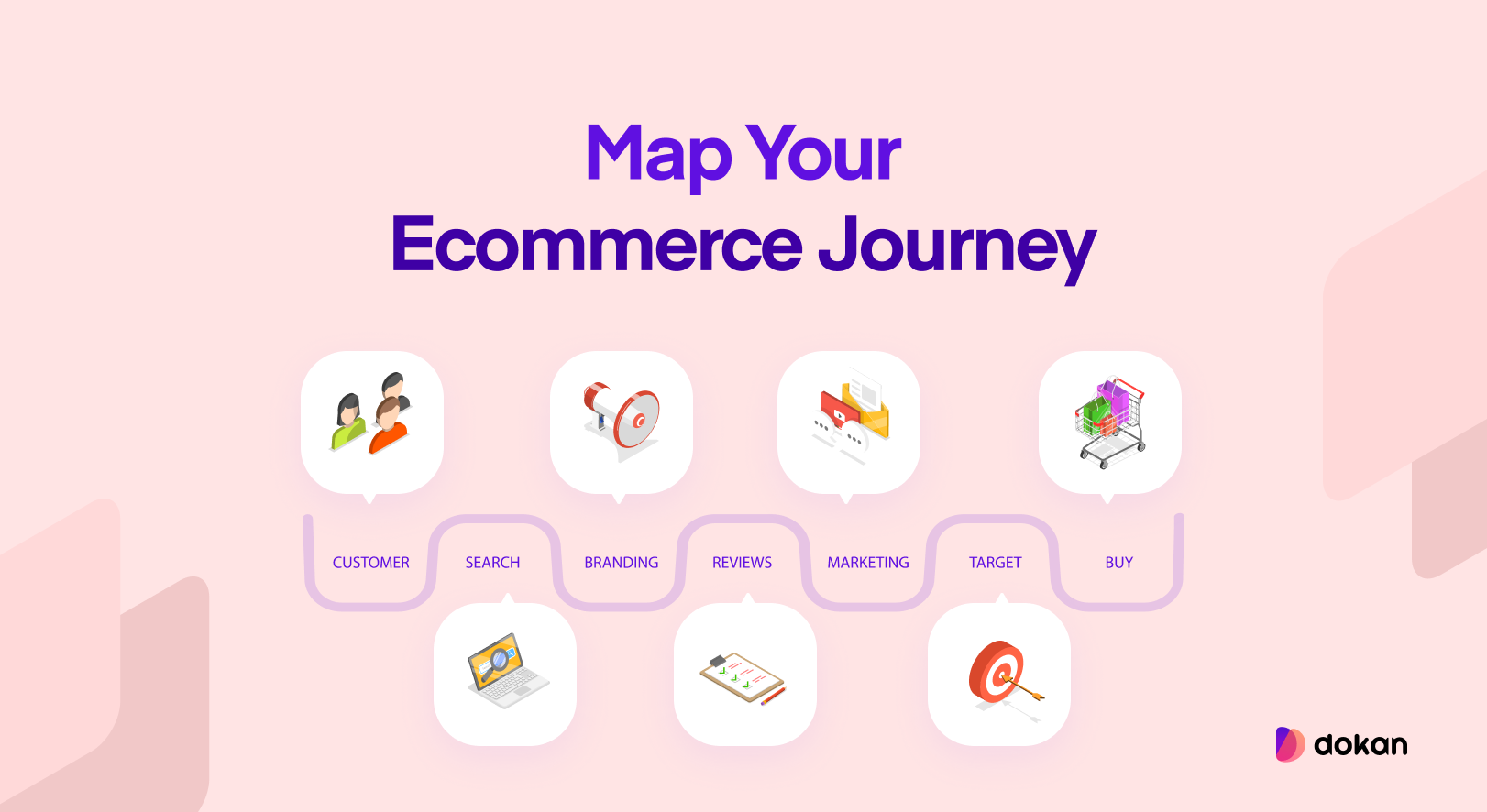
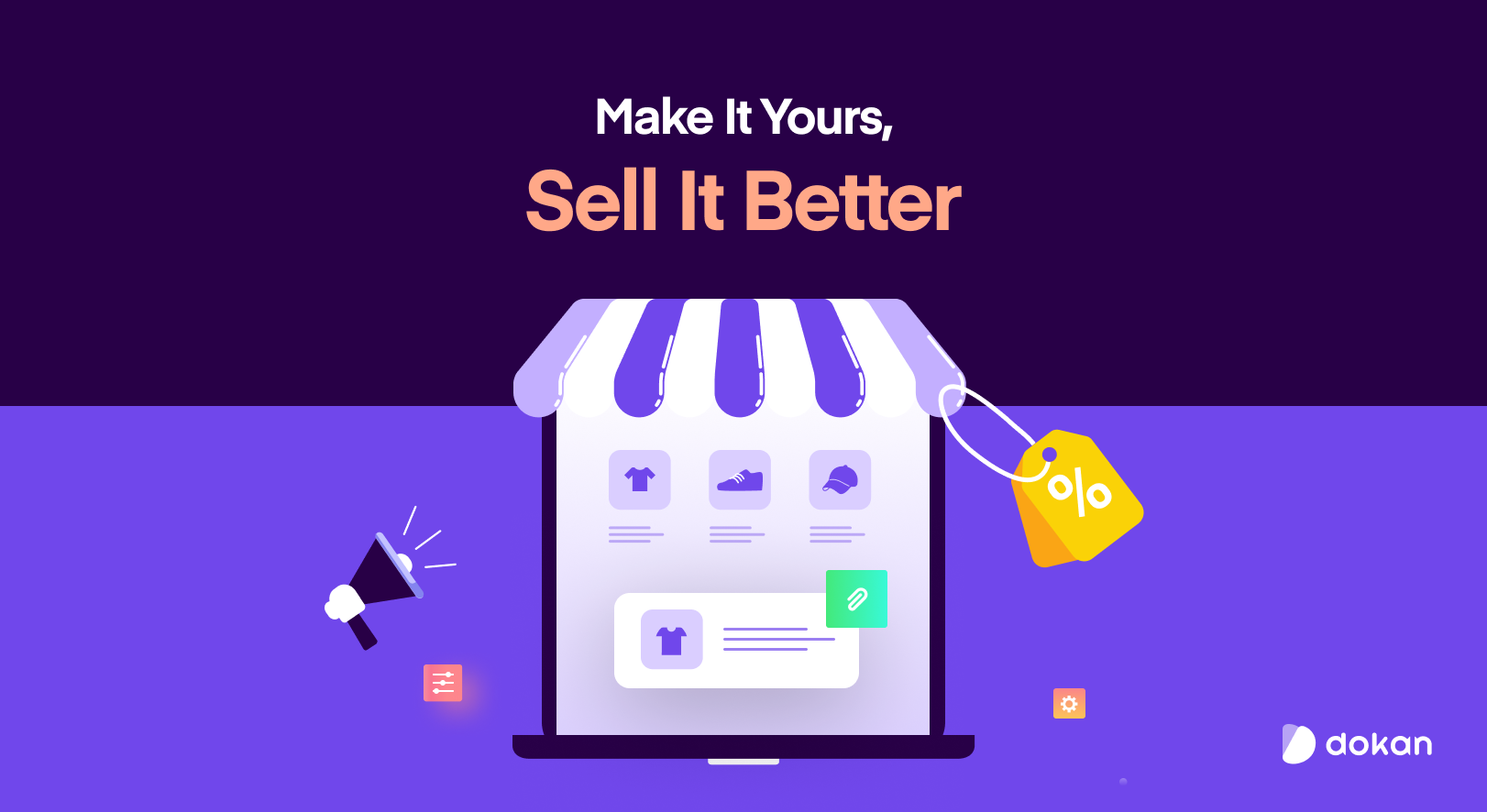
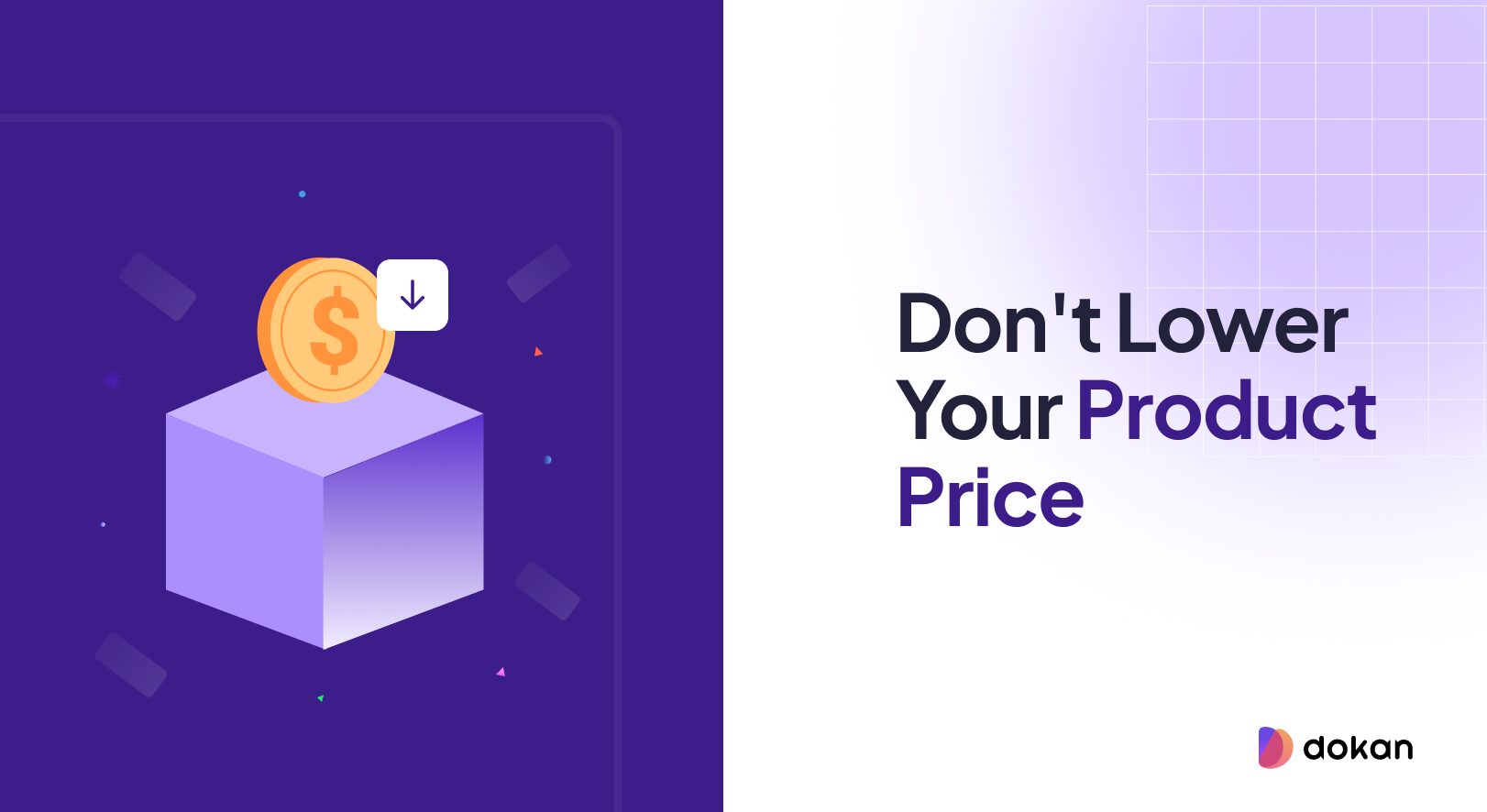

Leave a Reply